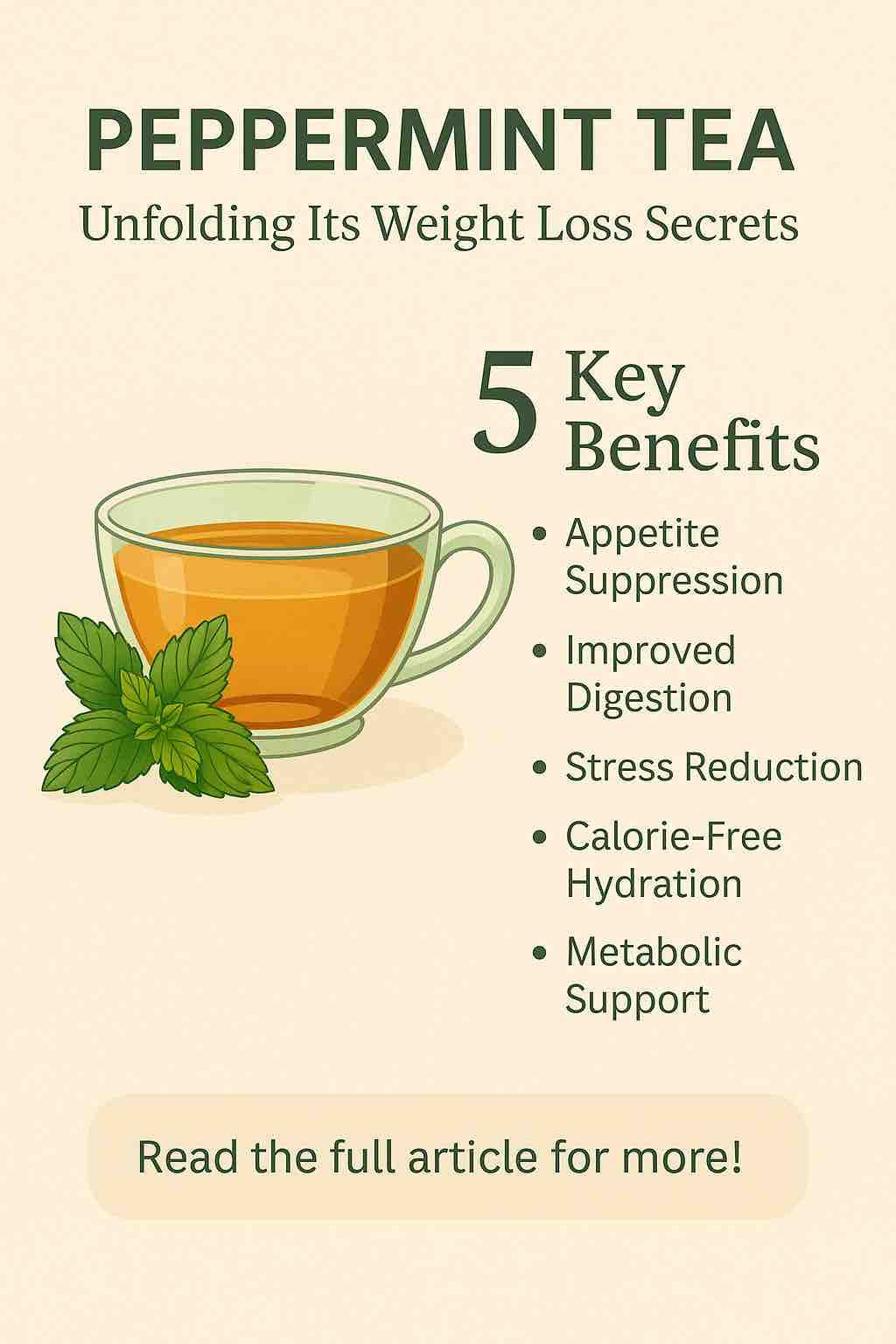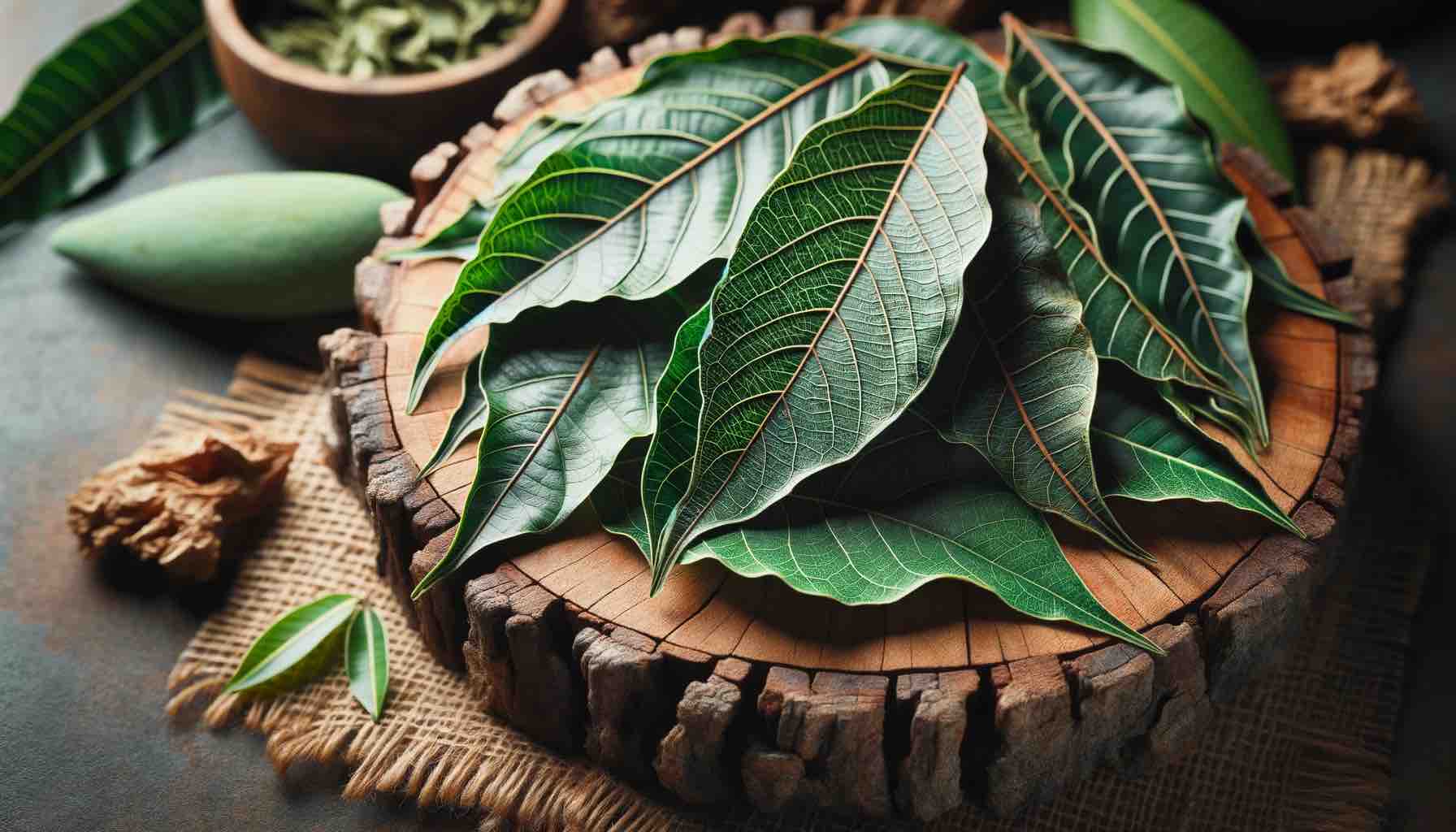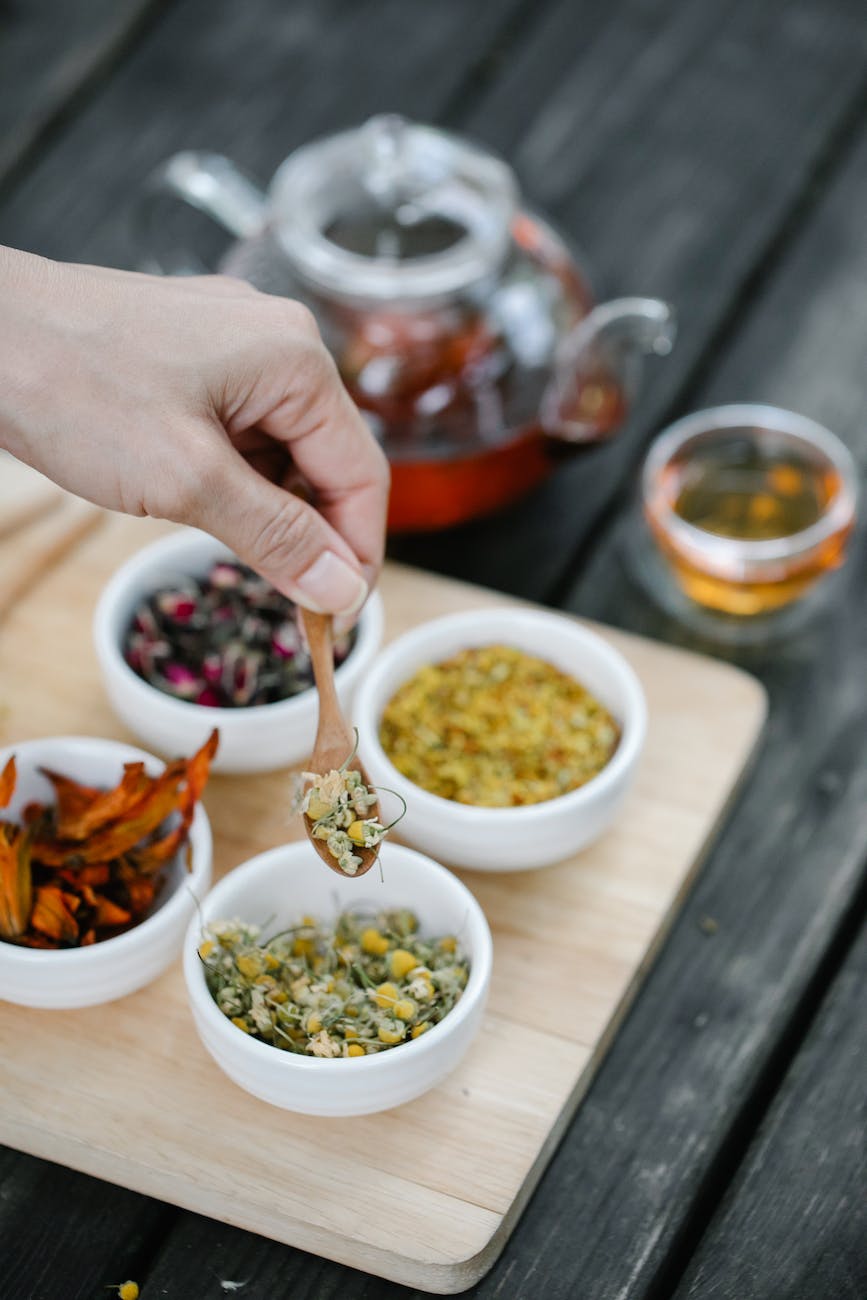
Stress is an inevitable part of modern life, but when left unchecked, chronic stress can lead to a cascade of health problems. At the heart of the stress response is a powerful hormone called cortisol — often dubbed the “stress hormone.” Elevated cortisol levels over time contribute to anxiety, sleep disturbances, weight gain, and even cardiovascular disease.
What if a simple, daily ritual — sipping a warm cup of tea — could help keep your cortisol levels in check? Recent scientific research reveals fascinating insights into how different types of tea can influence cortisol production and promote relaxation. From the antioxidant-rich leaves of green tea to the calming herbal blends, your teacup might hold more power than you thought.
Understanding Cortisol: The Body’s Stress Hormone
Before we dive into tea, let’s understand cortisol. Produced by the adrenal glands, cortisol plays a crucial role in:
- Regulating metabolism and blood sugar
- Controlling inflammation
- Supporting immune function
- Modulating the body’s response to stress
In acute stress, cortisol helps you respond quickly — increasing energy and alertness. But chronic stress means cortisol levels stay elevated, which can disrupt nearly every system in the body. That’s why managing cortisol is essential for both physical and mental well-being.
The Role of Tea in Cortisol Management
Tea is one of the most widely consumed beverages worldwide, celebrated not just for its taste but also its health benefits. Researchers have been increasingly interested in how tea compounds affect cortisol and stress physiology. The main types of tea linked to cortisol modulation include:
- Green Tea
- Black Tea
- Matcha (powdered green tea)
- Herbal Teas like chamomile and ashwagandha
Let’s explore how each of these influences cortisol and stress.
Green Tea: The Cortisol-Lowering Powerhouse
Key Compounds: EGCG & L-Theanine
Green tea’s superstar is epigallocatechin gallate (EGCG), a potent antioxidant, and L-theanine, an amino acid known for promoting relaxation. These two work synergistically to calm the body’s stress response.
How Green Tea Reduces Cortisol
- Regulates the HPA Axis: EGCG influences the hypothalamic-pituitary-adrenal (HPA) axis — the control center for cortisol production. By dampening overactivity here, green tea reduces cortisol secretion.
- Inhibits Cortisol Activation: EGCG inhibits the enzyme 11β-HSD1, which converts inactive cortisone to active cortisol in tissues, potentially lowering harmful cortisol exposure in organs.
- Promotes Relaxation: L-theanine crosses the blood-brain barrier to increase alpha brain wave activity, which is linked to a calm yet alert mental state. It also modulates neurotransmitters like GABA and serotonin to reduce stress.
Recent Research Highlights
- A 2024 study demonstrated that green tea consumption led to a significant reduction in salivary cortisol in middle-aged adults after 12 weeks.
- Aromatic stimulation from green tea enhanced mental task performance and reduced fatigue, suggesting an indirect effect on stress.
Black Tea: The Underappreciated Stress Fighter
Key Compounds: Theaflavins & L-Theanine
Black tea contains theaflavins, powerful antioxidants formed during fermentation, alongside L-theanine and caffeine.
Cortisol and Black Tea
- While caffeine can increase cortisol acutely, the presence of L-theanine in black tea balances this effect, preventing excessive cortisol spikes.
- Regular black tea drinkers show lower post-stress cortisol levels and faster recovery to baseline.
- Theaflavins contribute to vascular health, which may indirectly support stress resilience.
Latest Findings
- A 2024 study reported participants who drank black tea four times daily for six weeks experienced a marked reduction in cortisol levels and improved subjective relaxation.
- Narrative reviews continue to emphasize black tea’s potential to support cardiovascular and mental health by modulating stress hormones.
Matcha: Concentrated Calm in a Cup
Matcha is a powdered form of green tea that provides a concentrated dose of EGCG and L-theanine, making it particularly effective for stress reduction.
Why Matcha?
- Higher antioxidant levels than regular green tea.
- Provides sustained energy and focus without the jitteriness associated with coffee.
- Enhances cognitive function while lowering cortisol secretion.
Research Insights
- Studies link matcha consumption to improved cognitive health and reduced cortisol during stress-inducing tasks.
- Its unique combination of compounds helps reduce anxiety-like behaviors and promotes relaxation.
Herbal Teas: Natural Adaptogens for Stress
Herbal teas don’t come from the traditional Camellia sinensis plant but offer a rich array of bioactive compounds that support cortisol reduction.
Popular Cortisol-Lowering Herbal Teas
- Chamomile: Contains flavonoids that bind to GABA receptors, promoting relaxation and potentially reducing cortisol.
- Ashwagandha: An adaptogen known for balancing cortisol and reducing oxidative stress. Clinical trials show significant cortisol reduction with ashwagandha tea blends.
- Lemon Balm & Holy Basil: These herbs have calming effects and may modulate HPA axis activity.
Clinical Evidence
- Chamomile tea has been linked with reduced anxiety and improved sleep quality, factors that contribute to lower cortisol.
- Ashwagandha tea has demonstrated 25-30% cortisol reductions in randomized controlled trials.
Practical Tips to Harness Tea’s Cortisol-Lowering Effects
- Consistency is Key: Benefits emerge with regular consumption over weeks to months. Aim for 3-5 cups of green or black tea daily.
- Choose Quality: Opt for loose leaf or high-quality tea bags to maximize antioxidant intake. Organic and fresh teas are preferable.
- Mind the Caffeine: If sensitive, choose decaffeinated or herbal teas to avoid cortisol spikes.
- Pair with Relaxation: Combine tea drinking with mindfulness or deep breathing for synergistic stress relief.
- Consult Professionals: Especially if taking medications or dealing with chronic health issues.
Limitations and What Science Still Needs to Uncover
- Many human studies have small sample sizes and short durations.
- Individual differences in metabolism and stress response influence outcomes.
- More head-to-head clinical trials comparing different teas and doses are needed.
- Understanding long-term effects of habitual tea consumption on cortisol and health remains a research frontier.
📊 Summary of Recent Findings
| Tea Type | Key Findings |
|---|---|
| Green Tea | Aromatic stimulation may enhance mental performance and alleviate fatigue. |
| Black Tea | Regular consumption may aid in faster recovery from stress and reduce cortisol levels. |
| Matcha | Linked to improved cognitive health and lower stress levels. |
| Chamomile | May reduce anxiety, indirectly suggesting a decrease in cortisol levels. |
| Herbal Teas | Consumption may lead to reductions in blood sugar levels, potentially related to stress reduction. |
Final Sip: Can Tea Really Help You Manage Stress?
The evidence is compelling. Tea isn’t just a comforting beverage; it’s a complex cocktail of bioactive compounds that can gently nudge your stress hormone system toward balance. Green, black, matcha, and herbal teas each offer unique pathways to lowering cortisol and promoting calm.
While tea is no magic bullet, integrating it into a broader lifestyle approach — including healthy diet, exercise, and mindfulness — can help you reclaim control over stress and its impacts.
So, the next time life feels overwhelming, remember that your teacup might just be a small but powerful tool for your well-being.
FAQs
1. What type of tea is best for lowering cortisol?
Answer: Green tea, especially matcha, is widely regarded as the most effective for lowering cortisol due to its high EGCG and L-theanine content. Black tea also shows significant cortisol-lowering effects, and herbal teas like chamomile and ashwagandha are strong contenders due to their calming and adaptogenic properties.
2. How many cups of tea should I drink per day to reduce cortisol?
Answer: For optimal benefits, 3–5 cups of green or black tea per day are recommended. For herbal teas like chamomile or ashwagandha, 2–3 cups daily are effective, especially when consumed consistently over several weeks.
3. Can tea completely replace stress medications or supplements?
Answer: No, tea should be seen as a supportive lifestyle tool, not a replacement for prescribed medications or therapy. However, it can complement other stress management strategies effectively.
4. Does caffeine in tea raise cortisol levels?
Answer: While caffeine can temporarily raise cortisol, the L-theanine in tea helps buffer this effect. Additionally, regular tea drinkers often develop a tolerance that minimizes caffeine-induced cortisol spikes, making tea generally safer than coffee in this regard.
5. Is decaffeinated tea still effective for reducing cortisol?
Answer: Yes, decaffeinated green and black teas still contain beneficial polyphenols and L-theanine, though in slightly lower amounts. They are a great option for individuals sensitive to caffeine.
6. What is the difference between green tea and matcha in terms of stress reduction?
Answer: Matcha is a powdered form of green tea made from whole leaves, offering a higher concentration of EGCG and L-theanine. This makes it more potent for stress and cortisol reduction compared to regular brewed green tea.
7. How long does it take for tea to start lowering cortisol levels?
Answer: Noticeable effects often begin within 2–4 weeks of regular daily consumption. Clinical studies show significant reductions after 6–12 weeks of consistent intake.
8. Are there any risks associated with drinking too much tea?
Answer: Excessive tea consumption can lead to side effects like insomnia (due to caffeine), iron absorption issues, or interactions with medications (especially with herbal teas like ashwagandha). Moderation is key—typically no more than 6 cups per day.
9. Which herbal teas are clinically proven to reduce cortisol?
Answer: Chamomile, ashwagandha, lemon balm, and holy basil (tulsi) are the most well-researched herbal teas with cortisol-lowering and adaptogenic effects supported by clinical studies.
10. Can drinking tea improve sleep quality by reducing cortisol?
Answer: Yes, especially herbal teas like chamomile and lemon balm, which promote relaxation and help reduce cortisol levels that can interfere with sleep. Green tea (low-caffeine or decaf) can also support better sleep over time.













